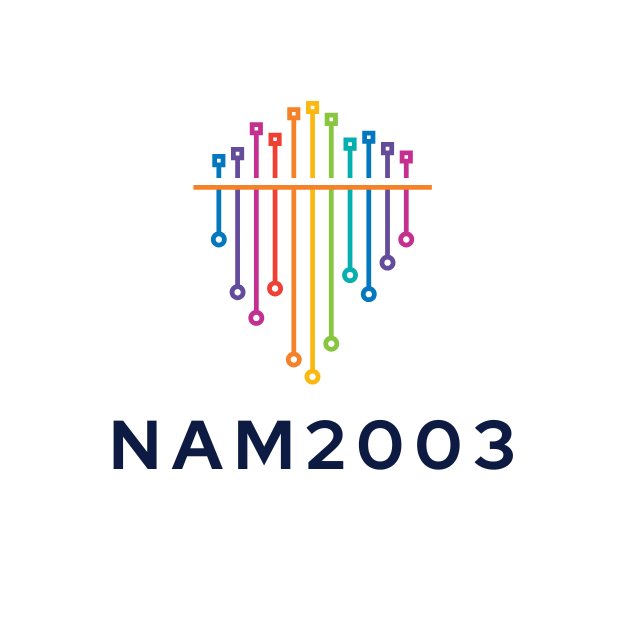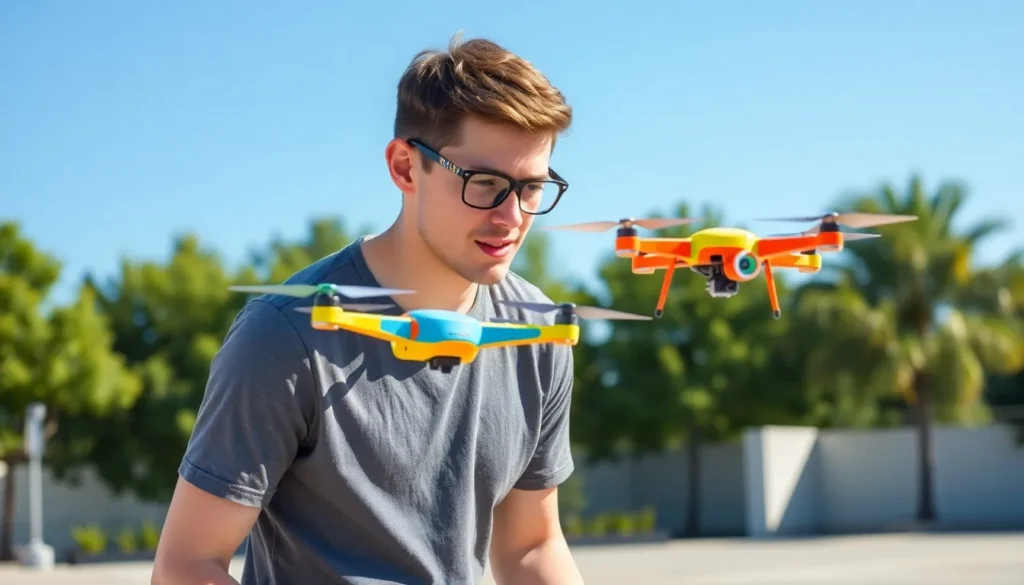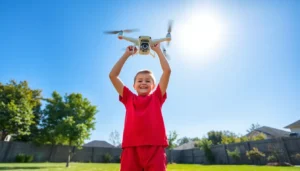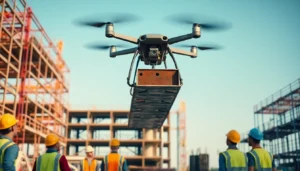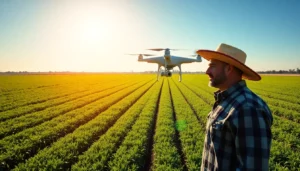Table of Contents
ToggleImagine a world where drones are as customizable as your morning coffee order. That’s the magic of 3D printed drones. With the ability to design and print unique parts on demand, enthusiasts and professionals alike can create flying machines that fit their wildest imaginations. Whether it’s a drone shaped like a unicorn or one that can carry a pizza, the possibilities are endless.
What Are 3D Printed Drones?
3D printed drones are unmanned aerial vehicles manufactured using additive printing technologies. These drones allow for a high degree of customization, tailored to specific requirements and preferences. Each component can be designed using computer-aided design (CAD) software, enabling creators to control every detail.
Customization options span various aspects, from frame shapes to internal configurations. Designers can print unique parts that enhance both aesthetics and functionality. The lightweight materials used in 3D printing lead to improved flight performance, making these drones more efficient.
Manufacturers also benefit from reduced production costs and times. Traditional manufacturing often involves complex assembly processes, whereas 3D printing simplifies these steps. By digitally creating parts, organizations can easily iterate and implement design changes rapidly.
Examples of applications include search and rescue operations, delivering medical supplies, and aerial photography. Enthusiasts experiment with whimsical designs, such as drones resembling animals, while professionals focus on practical and functional shapes.
Community support thrives around this technology, with online forums dedicated to sharing designs and troubleshooting issues. Educational initiatives encourage STEM learning through hands-on drone building projects. Furthermore, advancements in materials, like biodegradable plastics, promote sustainability in drone manufacturing.
Overall, 3D printed drones represent a compelling intersection of creativity and technology, providing innovative solutions for hobbyists and industries alike.
Advantages of 3D Printed Drones
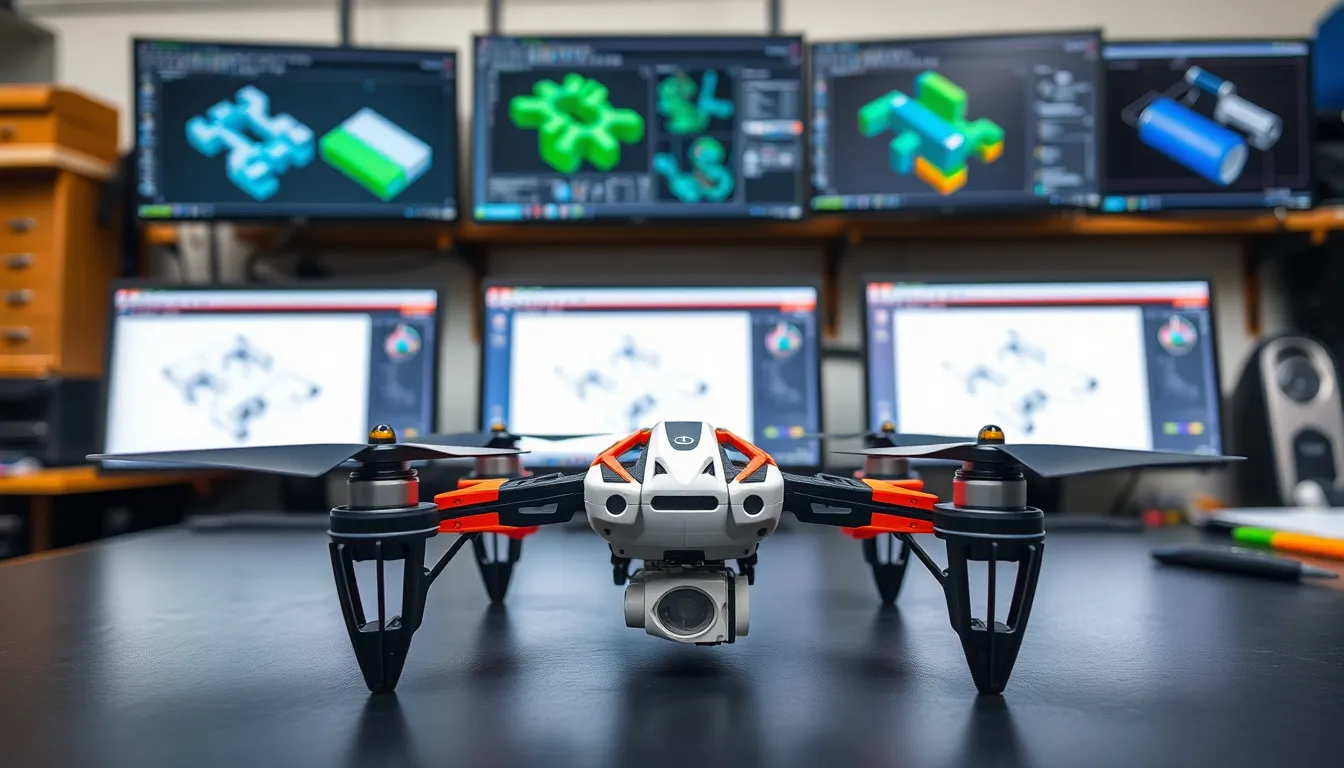
3D printed drones present numerous advantages that enhance their utility and appeal. Cost efficiency stands out among these benefits.
Cost Efficiency
Costs associated with traditional drone manufacturing often include expensive raw materials and labor. These expenses decrease significantly with 3D printing. Manufacturers can produce parts using lower-cost, lightweight materials, minimizing waste in the production process. It’s possible to create complex designs that would typically require costly tooling. Shorter production times contribute to overall savings, allowing for rapid prototyping and iterative designs. Lower initial investments promote experimentation, making it easier for hobbyists to enter the drone market.
Customization Options
Customization ranks highly among the benefits of 3D printed drones. Each component can be tailored to specific functional requirements, resulting in unique designs. Using CAD software, creators shape everything from frame structures to the integration of additional components. Specific needs can influence modifications, enabling users to build drones for aerial photography, agriculture, or even recreational purposes. This level of customization fosters innovation, allowing users to explore creative possibilities beyond standard models. Personalization encourages enthusiasts to design drones that reflect their individual styles, enhancing user satisfaction.
Applications of 3D Printed Drones
3D printed drones find diverse applications across various fields. Their unique construction allows for innovative solutions that cater to specific needs.
Commercial Uses
Commercial sectors leverage 3D printed drones for several purposes. Delivery services utilize them to transport packages efficiently, especially in urban areas. Agriculture benefits from crop monitoring, enabling farmers to gather data on plant health rapidly. Construction companies use drones to inspect sites, enhancing safety and efficiency. Additionally, the film industry employs these drones for aerial cinematography, capturing stunning visuals that enhance storytelling.
Recreational Uses
Recreational enthusiasts embrace 3D printed drones for their customization potential. Hobbyists enjoy building drones with personalized designs, allowing for creative expression in flight. Racing competitions attract participants who use unique drone shapes to gain competitive advantages. Photographers utilize these drones to capture breathtaking landscapes from innovative angles. Families often engage in drone-flying activities, turning weekends into fun-filled adventures that foster bonding.
Challenges in 3D Printing Drones
3D printed drones face specific challenges that impact their development and deployment. Addressing material limitations and regulatory issues is essential for optimizing drone performance and ensuring compliance.
Material Limitations
Material selection significantly influences the capabilities of 3D printed drones. Commonly used materials like PLA and ABS may not withstand extreme temperatures or impact forces, limiting their durability. Carbon fiber and nylon offer better strength but can inflate manufacturing costs. The lightweight materials critical for enhancing flight performance must also provide structural integrity. Experimenting with advanced composites could open new avenues for drone design, yet these materials often entail complex printing processes. Quality control also becomes a concern, as inconsistencies in material properties can affect performance. Selective printing techniques may improve outcomes, yet reliance on specific materials can restrict functionality.
Regulatory Issues
Regulatory frameworks present hurdles for 3D printed drones. Compliance with Federal Aviation Administration (FAA) regulations requires thorough understanding, particularly regarding airspace and operational limits. Crafting a drone to meet safety standards demands meticulous attention to detail; failure to comply can lead to significant liabilities. Certification processes can delay the introduction of innovative designs, as stringent testing often accompanies new drone models. Manufacturers must also account for the evolving nature of regulations as technology progresses. Effective communication with regulatory bodies becomes crucial in navigating these challenges, as misunderstandings could hinder market access and innovation.
3D printed drones are revolutionizing the way individuals and industries approach aerial technology. Their ability to combine creativity with practicality opens doors for personalized designs that cater to unique needs. As enthusiasts continue to explore new possibilities the landscape of drone innovation will only expand.
While challenges like material limitations and regulatory compliance exist addressing these issues will pave the way for even more advancements. The thriving community and ongoing developments in sustainable materials promise a bright future for 3D printed drones. Embracing this technology will not only enhance user experiences but also drive efficiency across various sectors.
